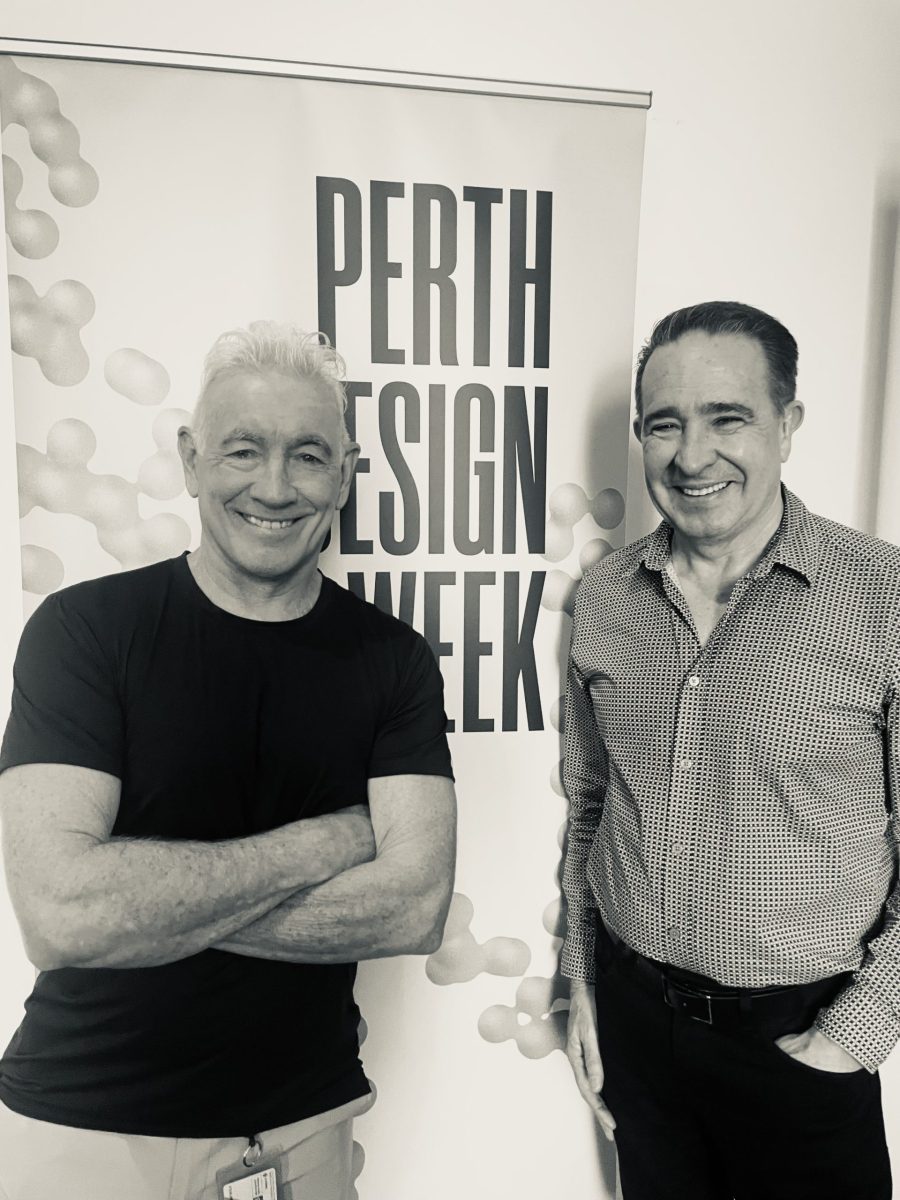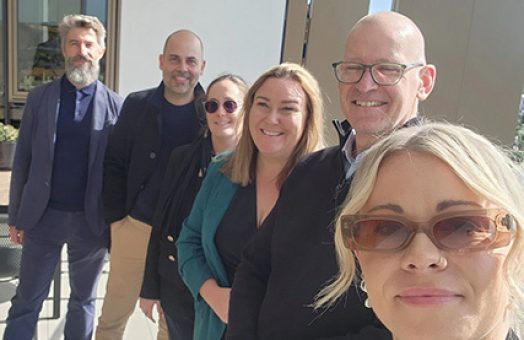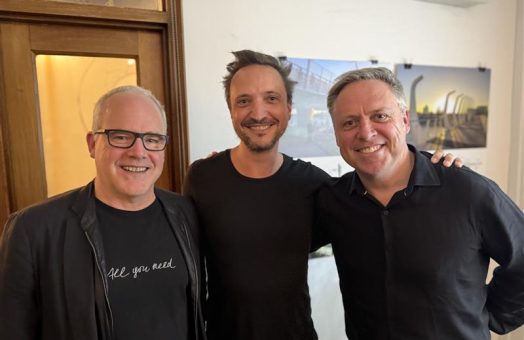
April.28.2025
One Storey At A Time
At Perth Design Week 2025, Hillam Architects founder and principal David Hillam was invited to speak at a panel event examining Perth’s attitude toward medium- and high-density residential living.
The panel discussion also included developer Tim Willing (Willing Property) and Corey Scidone, Development Director at Human Urban (H-U).
THE DESTINY OF DENSITY
“Why are Perth people resistant to apartments?”, hosted by journalist Mark Naglazas, was delivered to a full house at The Mark (State Buildings) on Friday 21 March 2025, and featured a healthy discussion on the seemingly strong Not-In-My-Back-Yard (NIMBY) resistance to development.
However, it seems this resistance – strongly represented in council meetings and online forums – doesn’t necessarily stack up against sales figures, with both Willing and Hillam confirming a large percentage of apartment sales come from buyers within the same postcode as development.
“The average age of the demographic for the last three or four buildings we’ve designed is 65,” David said.
“Clearly those people are moving out of their larger homes, which from a government perspective is a great outcome, because it frees up those homes for families. I say an average age of 65, but there are families with children in the building – it just means there’s a few 90-year-olds in the building as well.”
He said governments need to be mindful that people who choose apartments generally want to stay in their community.
“If you look at an area like Subiaco, which from a main street perspective has been suffering over the last 10 or 15 years, density is bringing life back to the streets and there’s no doubt that makes it a much more enjoyable place to be.
“I think there are many good people in planning that understand that density creates really vital, walkable communities, and that’s the aspiration.”
CHANGING THE CULTURE
All panellists agreed culture was a significant obstacle, with a persistent bias toward large single-residences that simply doesn’t align with market availability or the increasing social emphasis on sustainable living.
“The Australian dream of a young couple having a 500 square metre block with a house on it – you need to be in your car for 40 minutes to get that if you’re buying an entry level house,” David said. Many young people are now thinking that it is more important to live in vibrant communities.
Perth Design Week Chair and co-founder Sandy Anghie also noted modern single residences often have a footprint that takes up most of the lot size, meaning new homeowners often had very little garden, with window views of their fence line.
“The government is spending billions of dollars supporting urban sprawl with train lines and freeways, and they look to subsidise the apartment sector by helping out with offsetting service costs,” David said.
“This is a drop in the ocean compared to the billions spent effectively creating traffic, damaging the environment. Some apartment buildings we design save up to ten hectares of bush, compared to new single residences in the sprawl.”
CHALLENGES TO GROWTH
Ironically, part of the cultural resistance to apartments is based on the perception of ‘flats’, which were used to provide social and worker housing in the aftermath of WWII and deal with a severe housing shortage, with the added advantage of providing employment through construction.
Hillam said a shortage of skilled workers and increasing government regulations has recently added significantly to construction costs resulting in viable financial outcomes principally being in the delivery of premium, high-end apartment living, This is a far cry from the cultural perception that holds sway.
“Initiatives around the environment and sustainability are very important because they actually have a life cycle benefit,” he said, “but there’s a lot that’s been lumped onto the cost of apartment buildings. And when I say a lot, it’s significant. Much of it is not necessary or it’s an overreaction; with people in government searching the world’s best standard in terms of how to create safety and so forth, but it adds costs to every build.
“We don’t love the fact most of our projects are at premium. I think we’re super keen to do other sorts of projects, but the industry must innovate.”
QUALITY, EDUCATION AND ADVOCACY
Given Australia is experiencing a nation-wide housing crisis, while simultaneously having some of the largest average house sizes with the fewest number of average residents in the world, it might seem strange apartment living isn’t considered a more desirable solution by the public.
Participants and panellists alike considered the possible benefits of a dedicated apartment living advocacy group, although Hillam noted some of the existing groups were seen to represent developer interests, while public engagement with high quality medium- and high-density design will have the greatest affect.
The real change will come one storey at a time.
“Clearly, we’re designing buildings we’d like to stand for a long time. Quality has a lot to do with that, and education,” he said.
“If we can educate people now to buy and appreciate quality, and to encourage good design, those buildings are much more likely to be in there in 50 to 100 years’ time rather than buildings that have been slapped together.”
Hillam expressed concern that an overly cautious, gradual approach to density could create problems further down the road, resulting in half-measures that neither achieve sustainable density or progress change.
“Getting the density and scale of development right in a precinct is probably one of the best ways of ensuring buildings last, so you don’t have that waste of replacing structures.
“Why would you only have eight apartments on a couple of thousand square meters? Because that’s what the planning codes only 10 or 15 years ago were saying we had to do. Now we can put five times as much as that, which I think makes it more likely those buildings will stand for longer.
“I think getting the planning mechanisms right, and focusing on quality, and generally the government and local authorities are focussed on quality… I think that’s the answer.”



